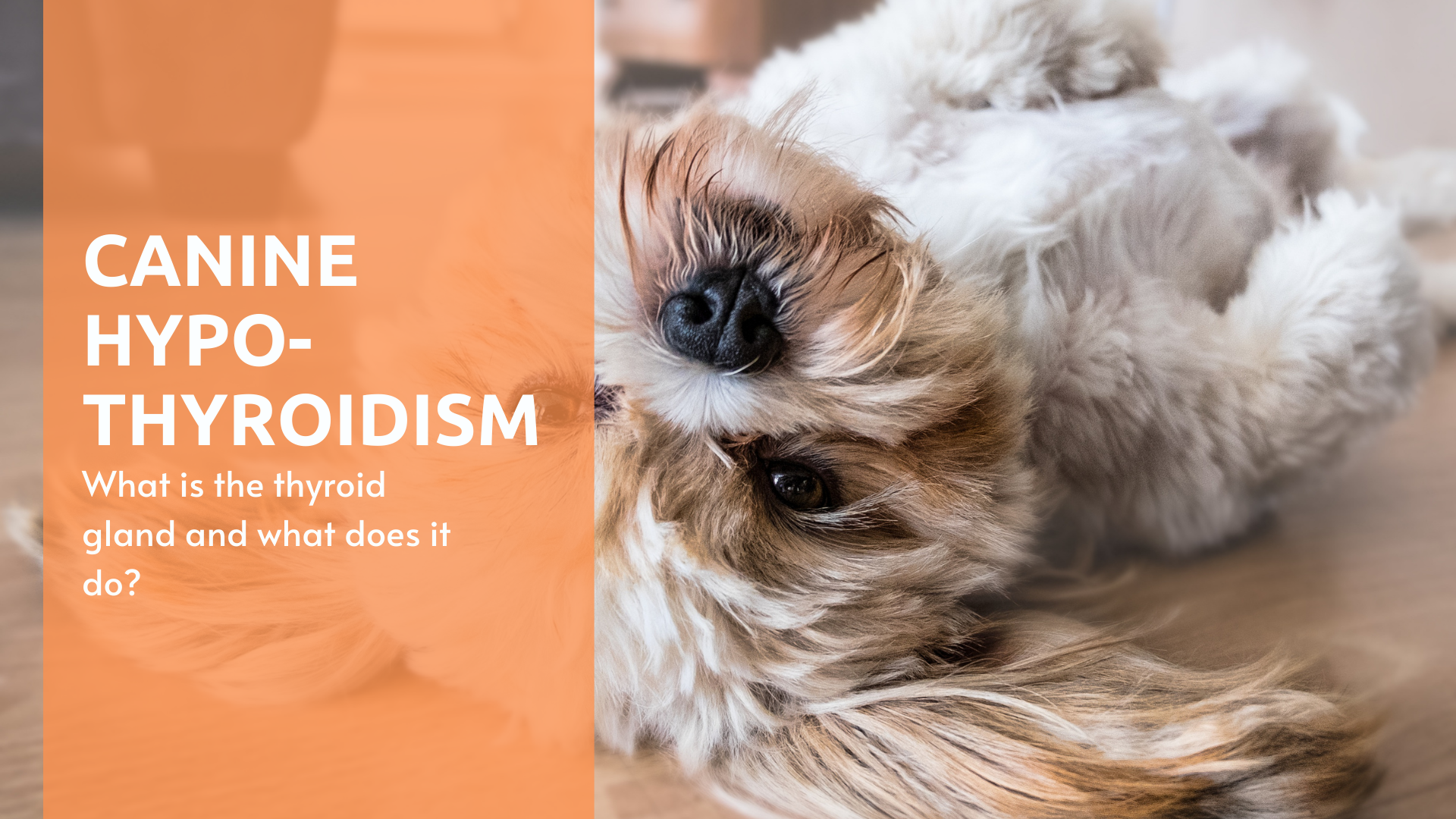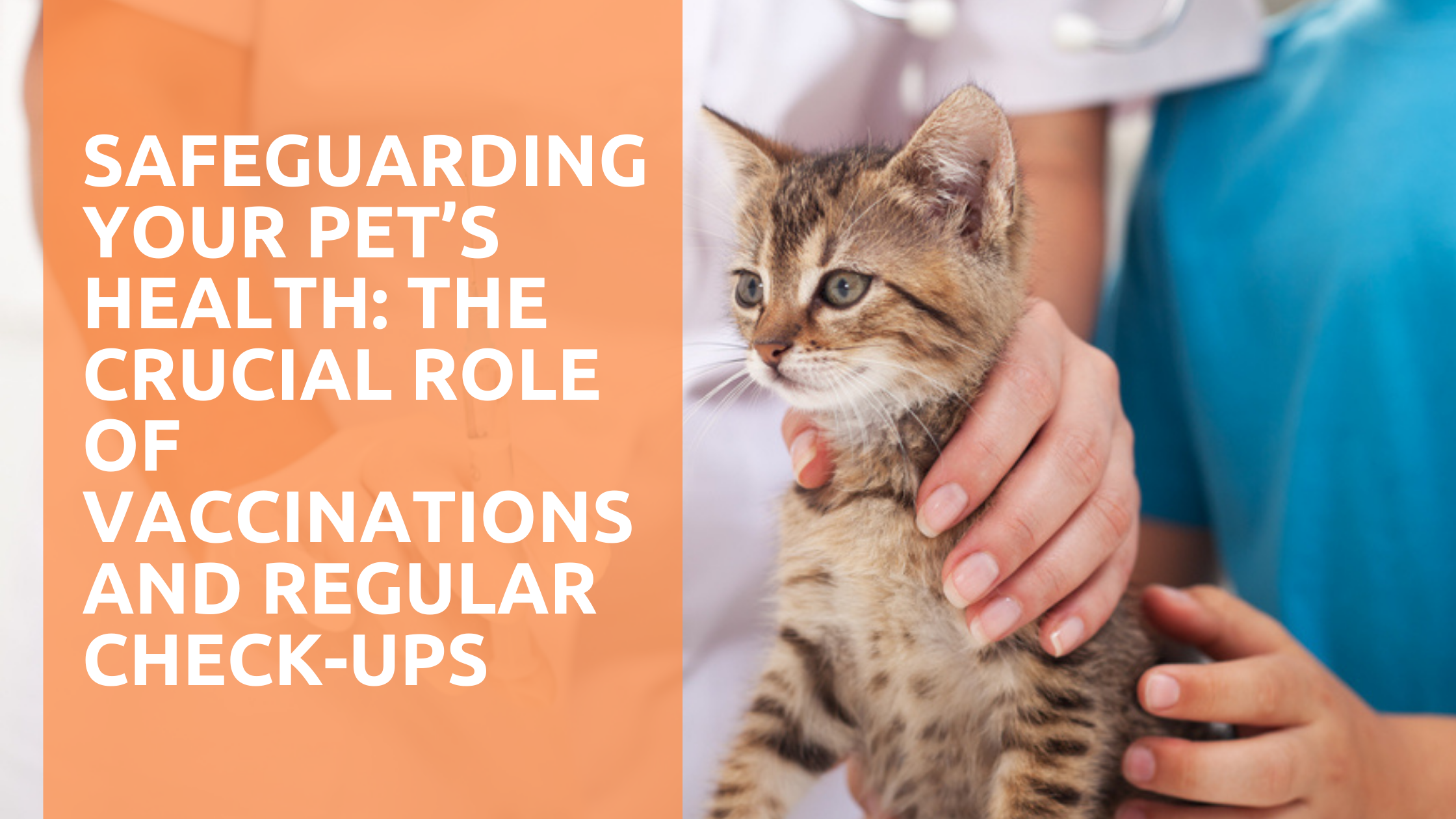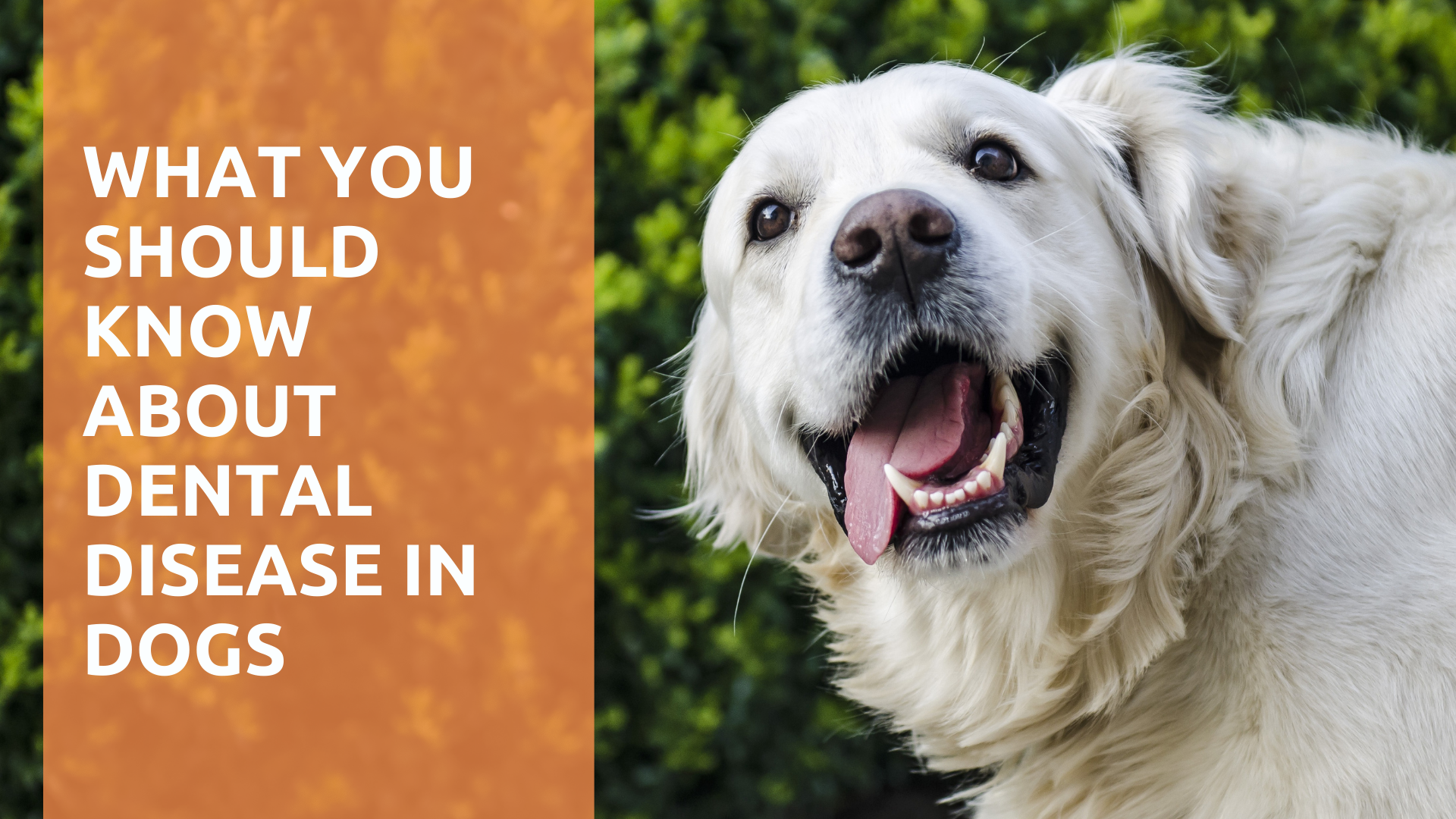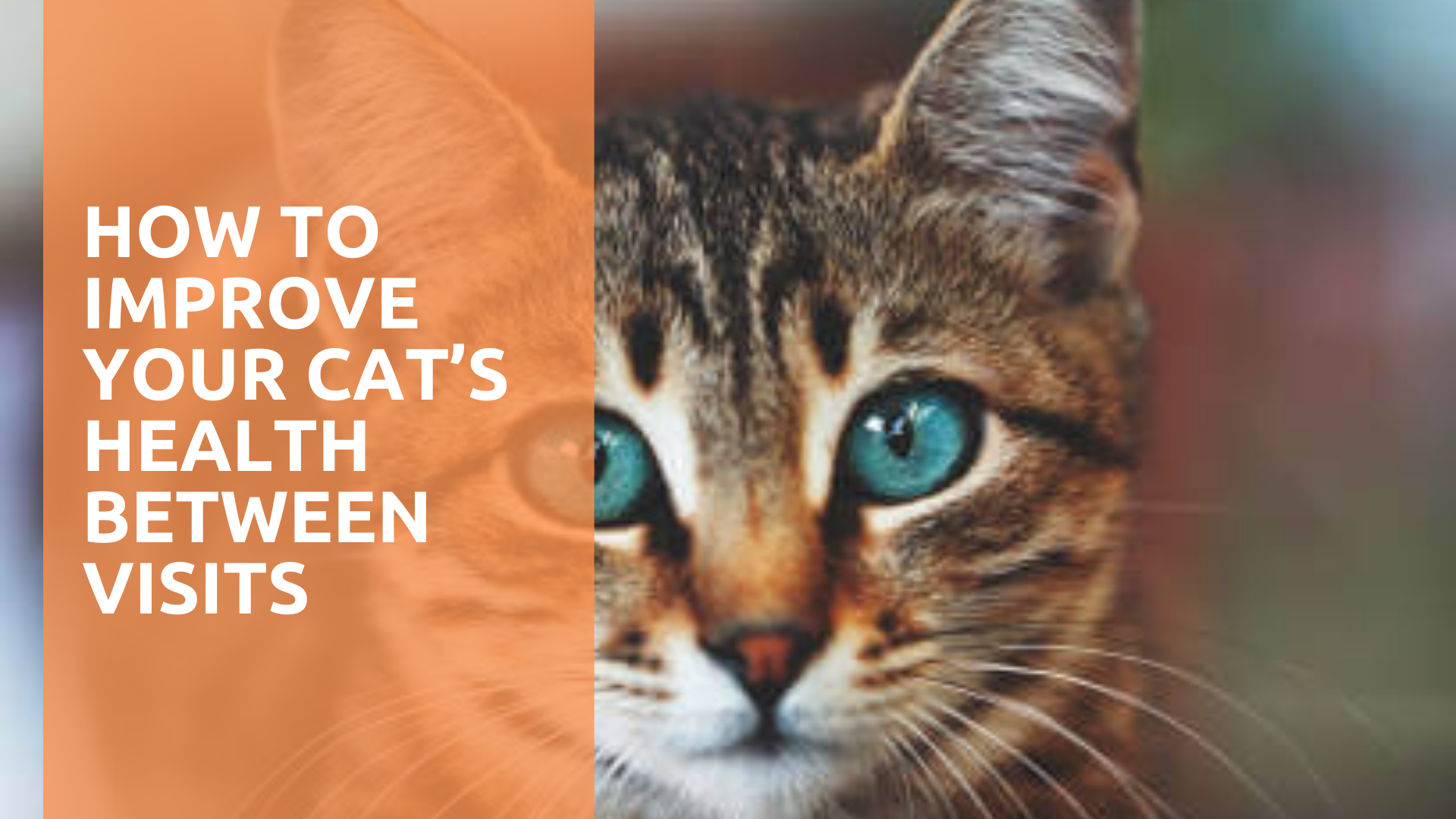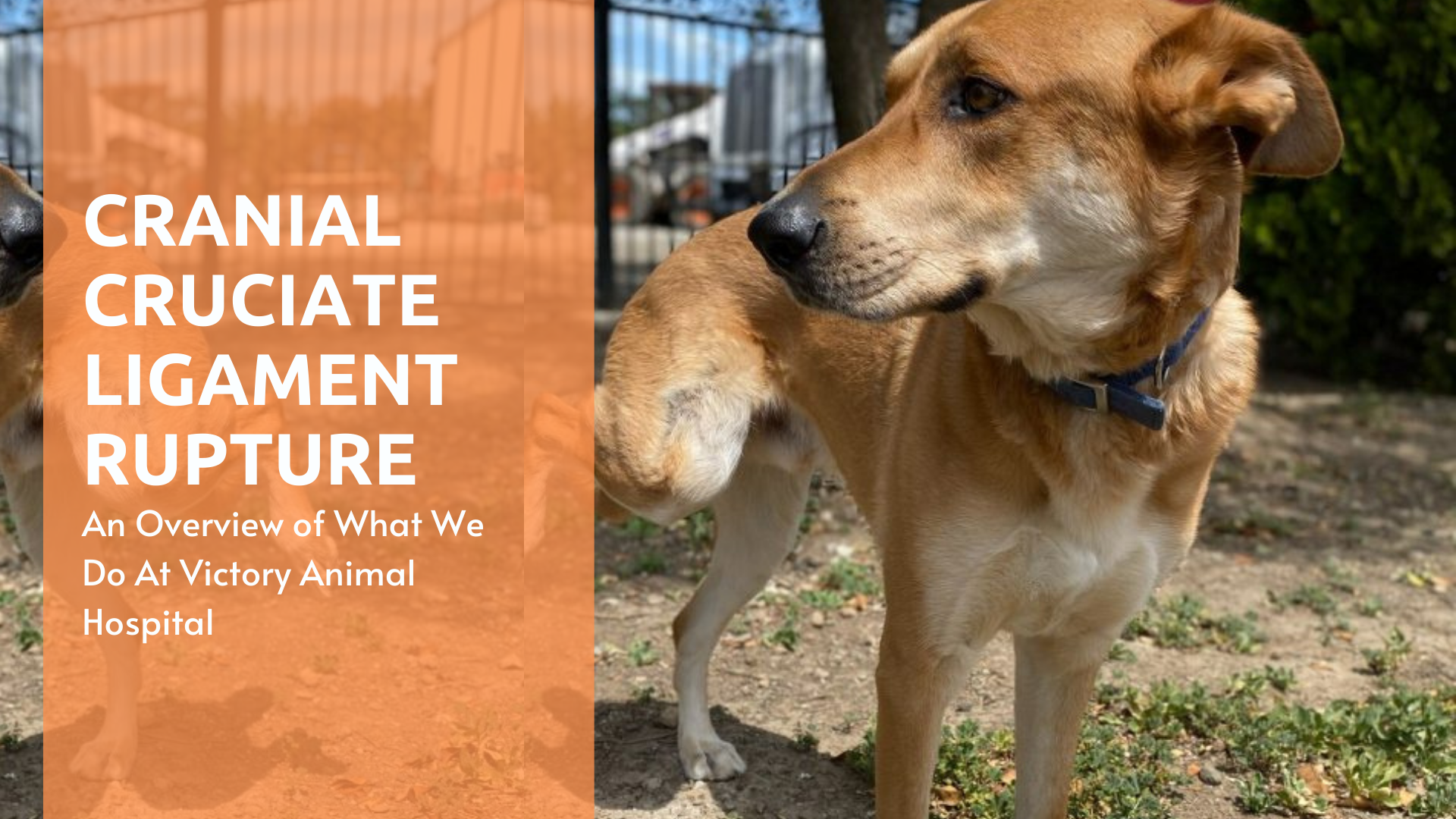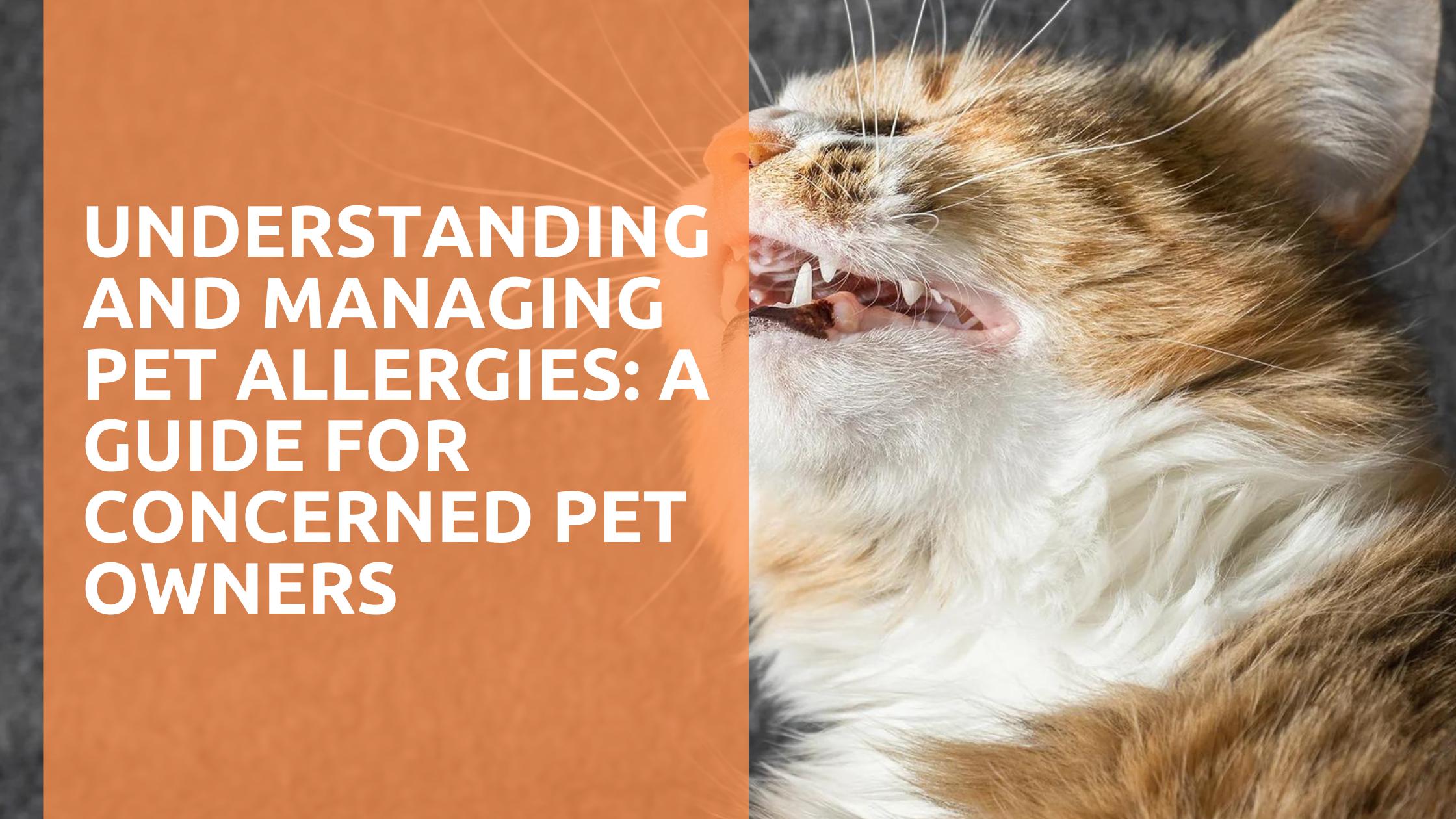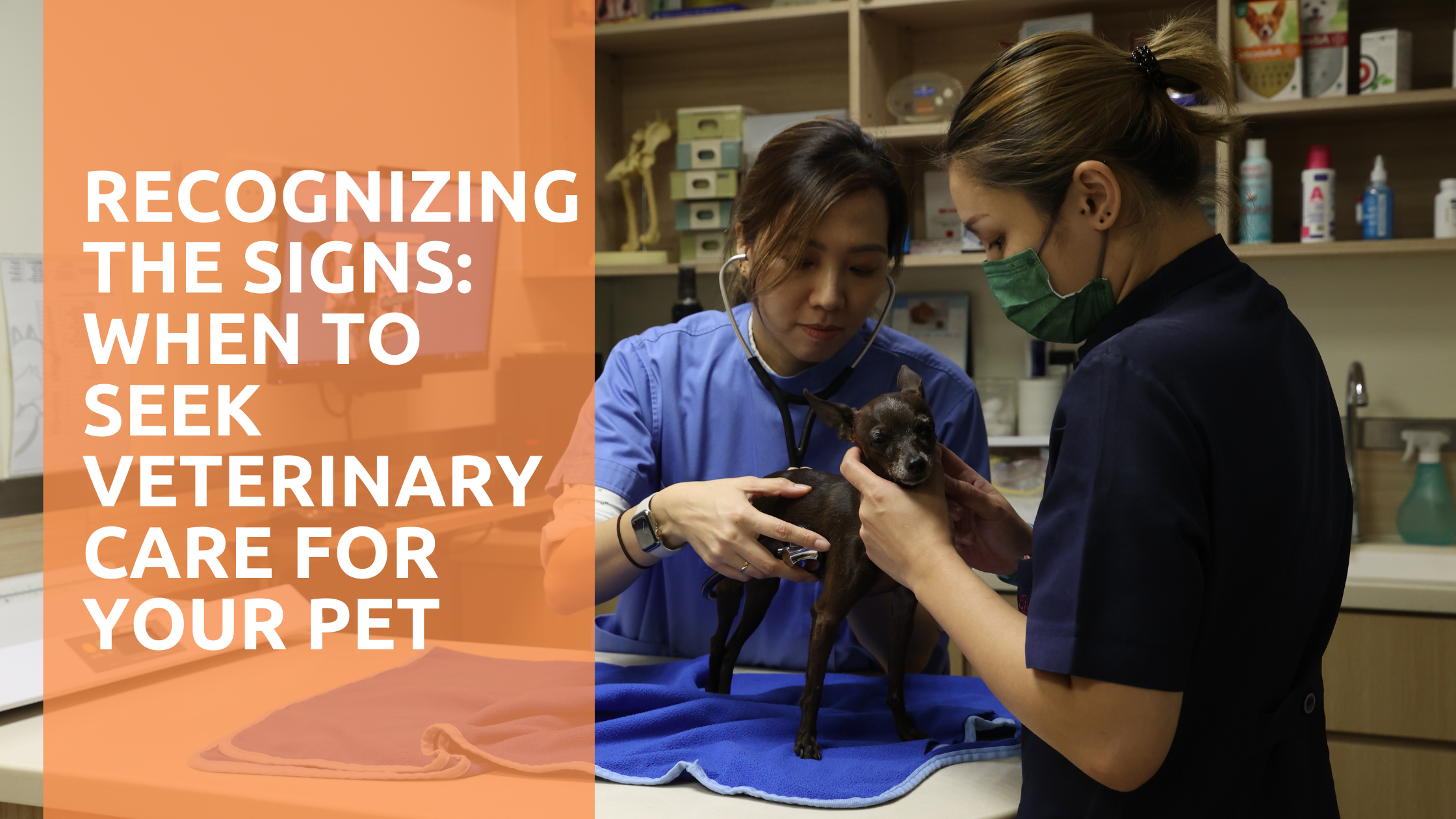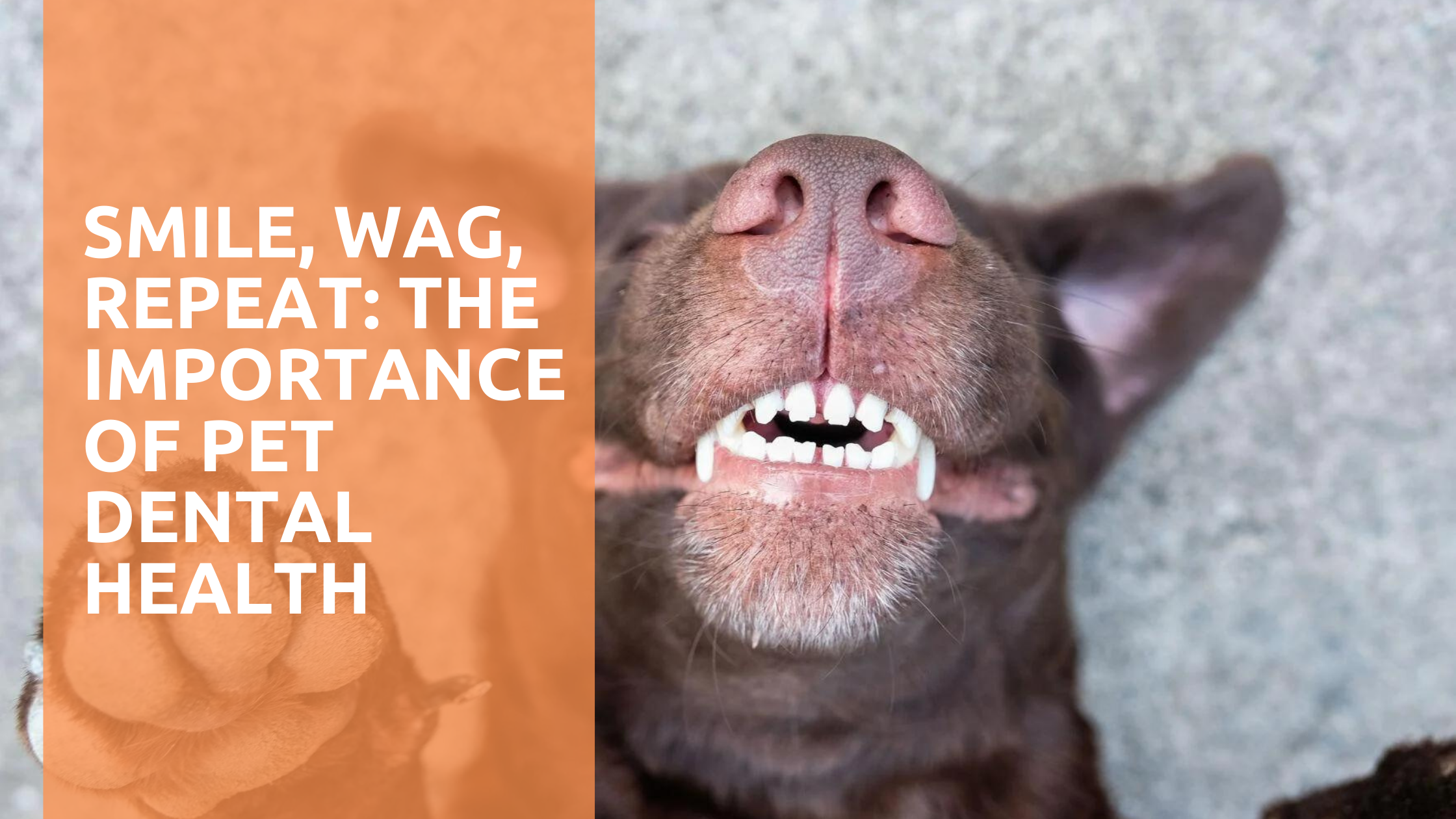What is the thyroid gland and what does it do?
The thyroid gland is one of the most important glands in the body. It is located in the neck near the trachea or “windpipe” and has two lobes, one on each side of the trachea. The thyroid gland is controlled by the pituitary gland, which is located at the base of the brain.
“If the thyroid is overactive (hyperthyroidism), the body’s metabolism is elevated. If it is underactive (hypothyroidism), the metabolism slows down.”
What causes hypothyroidism?
In the dog, hypothyroidism is usually caused by one of two diseases: lymphocytic thyroiditis or idiopathic thyroid gland atrophy.
These two causes of hypothyroidism account for more than 95% of the cases in dogs. The other five percent are due to rare diseases, including cancer of the thyroid gland.
What are the clinical signs?
When the metabolic rate slows down, virtually every organ in the body is affected. Most dogs with hypothyroidism have one or more of the following symptoms:
- Weight gain without an increase in appetite
- Lethargy and lack of desire to exercise
- Cold intolerance (gets cold easily)
- Dry, dull hair with excessive shedding and flaking OR a very thin to nearly bald hair coat
- Increased dark pigmentation in the skin
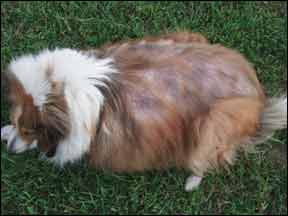
- Increased susceptibility and occurrence of skin and ear infections
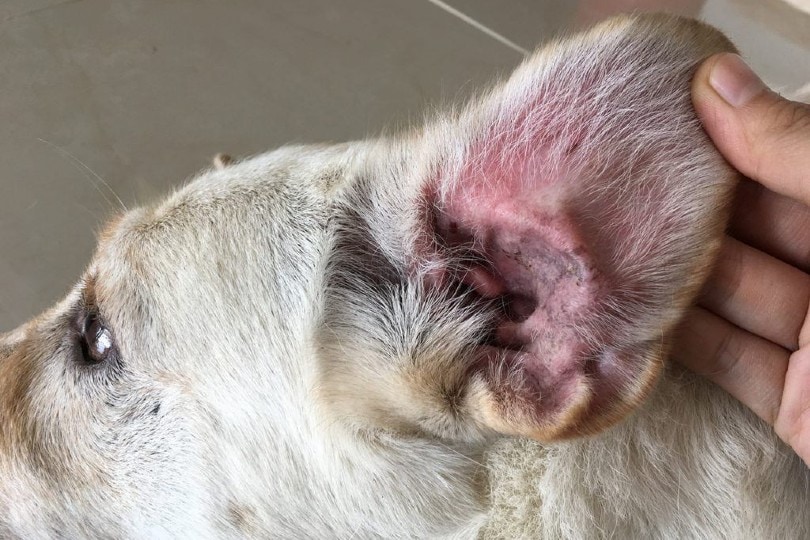
- Failure to re-grow hair after clipping or shaving
- High blood cholesterol
- Slow heart rate
Some dogs also have other abnormalities such as:
- Thickening of the facial skin so they have a “tragic facial expression”
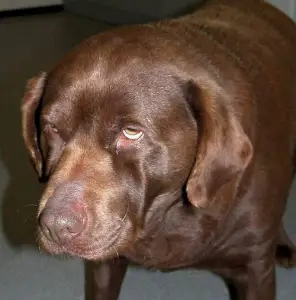
- Abnormal function of nerves causing non-painful lameness, dragging of feet, lack of coordination, and a head tilt
- Loss of libido and infertility in intact males
- Lack of heat periods, infertility, and abortion in females
- Fat deposits in the corneas of the eyes
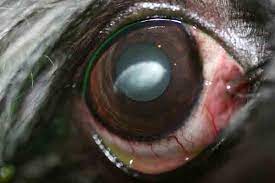
- Keratoconjunctivitis sicca (KCS) or “dry eye” due to lack of proper tear production
How is it diagnosed?
The most common screening test is a Total Thyroxin (TT4) level. This is a measurement of the main thyroid hormone in a blood sample. Definitive diagnosis is then made by performing a Thyroid panel, which as well as the TT4 includes a Free T4 and TSH analysis.
TT4 can be depressed by multiple diseases, as well as drugs, the resulting diagnosis is known as Euthyroid Sick Syndrome and should be differentiated from true hypothyroidism by your vet
Can it be treated?
“YES”
Hypothyroidism is treatable but not curable. It is treated with oral administration of thyroid replacement hormone. This drug must be given for the rest of the dog’s life.
How is the proper dose determined?
All dogs are started on a standard dose of thyroid replacement hormone, based on the dog’s weight. After 3-4 weeks of treatment, a blood sample is taken to verify that the thyroid hormone levels are normal.
Since the dog’s tolerance of the thyroid replacement hormone may change over time, the dose may need to periodically adjusted. Thus, it is usually necessary to retest TT4 levels every six months. Close communication with your veterinarian is necessary in order to ensure that your dog is neither over nor under-dosed.
If there are any further questions please do not hesitate to call us !
2711 0332

